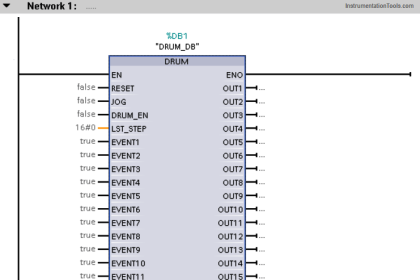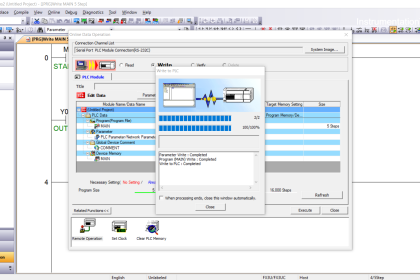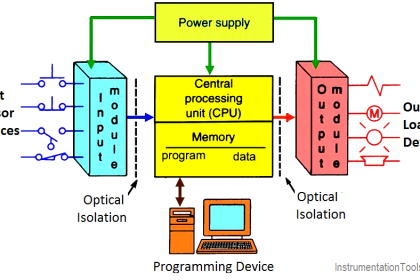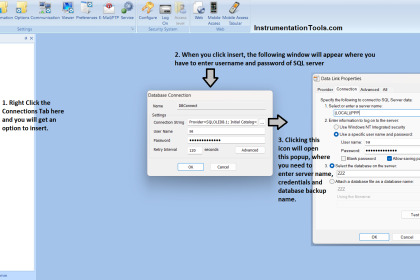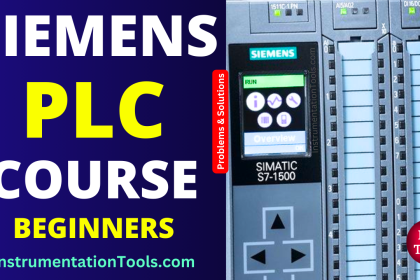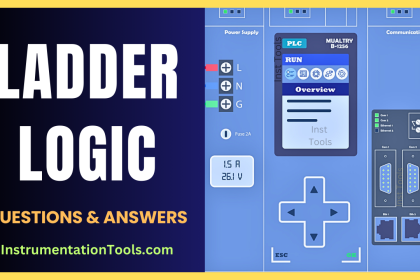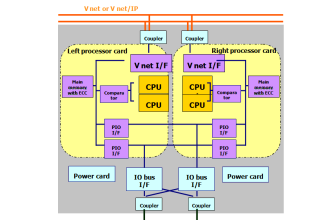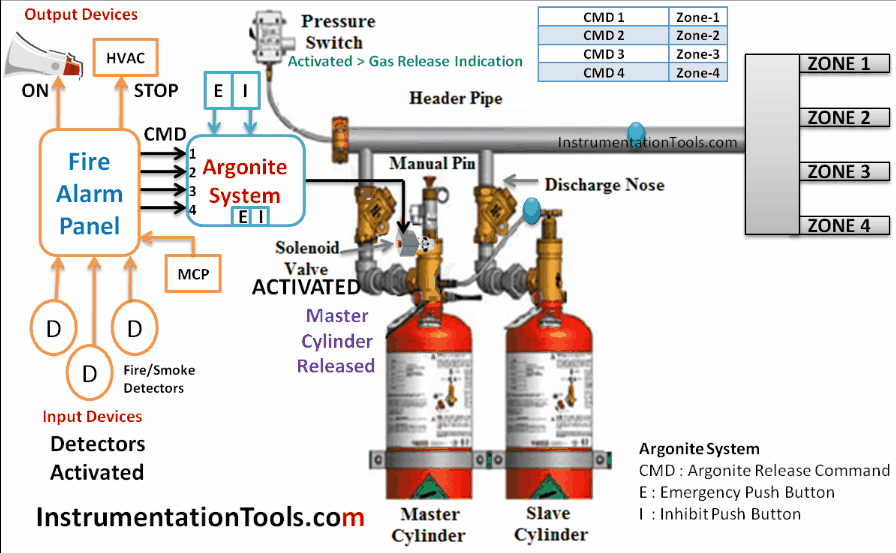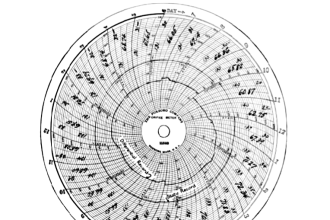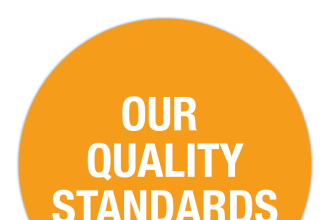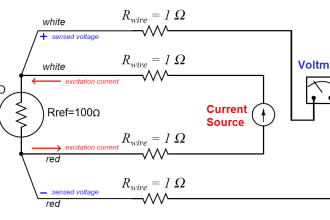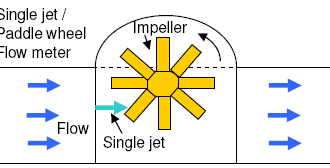In the previous post, we saw how to use program or operator control in the functional block diagram of Studio 5000. Now that we have a brief understanding of the language, we need to know how to place all the elements of this language in Studio 5000. Once you are well versed with all the settings and tabs, you can then use the language fluently in this software. In this post, we will see how to manage the sheets, tags and elements in the functional block diagram of Studio 5000.
How to manage sheets in the functional block diagram of Studio 5000?
Refer to the below image. There are five buttons for managing the sheets – add sheet, delete sheet, organize sheet, previous sheet, and next sheet. By clicking the add sheet, you can add a sheet to the current routine. By clicking the delete sheet, you can delete the currently opened sheet in the existing routine. By clicking the organized sheet, you can rearrange the order of sheets in the current routine.
By clicking the previous sheet, you can navigate to the previous sheet from the currently opened sheet in the existing routine. By clicking the next sheet, you can navigate to the next sheet from the currently opened sheet in the existing routine. All these options are also available by right-clicking inside the sheet and seeing them.

How to manage function block elements in the functional block diagram of Studio 5000?
The tab shown below is visible in any language that you choose to write in this software. As seen in the below image, various categories of function blocks supported in this language are shown. Just click the function you require to use and that block will be placed in the sheet. It is pretty easy to use, instead of drag and drop. Once placed randomly by the software, you can then move the block to your required placement area.

Now, refer to the below image. Once you have placed the function block, you can define what input and output tags to show in the sheet. When you place a function block and click the icon – view block properties placed in the top right corner of the block, you see the left-hand side image. Here, you can tick or untick the tags that need to be visible to the programmer for linking.
When you design an add-on defined function block, you see the right-hand side image. Here, there are two options – Req (required) And Vis (visible).In the required option, if ticked, you have to compulsorily link a tag to the pin, and it will be visible for sure. If not ticked, but the visible option is ticked, then you can just see the pin in your sheet. But, it will then not be compulsory to link a tag to the pin.
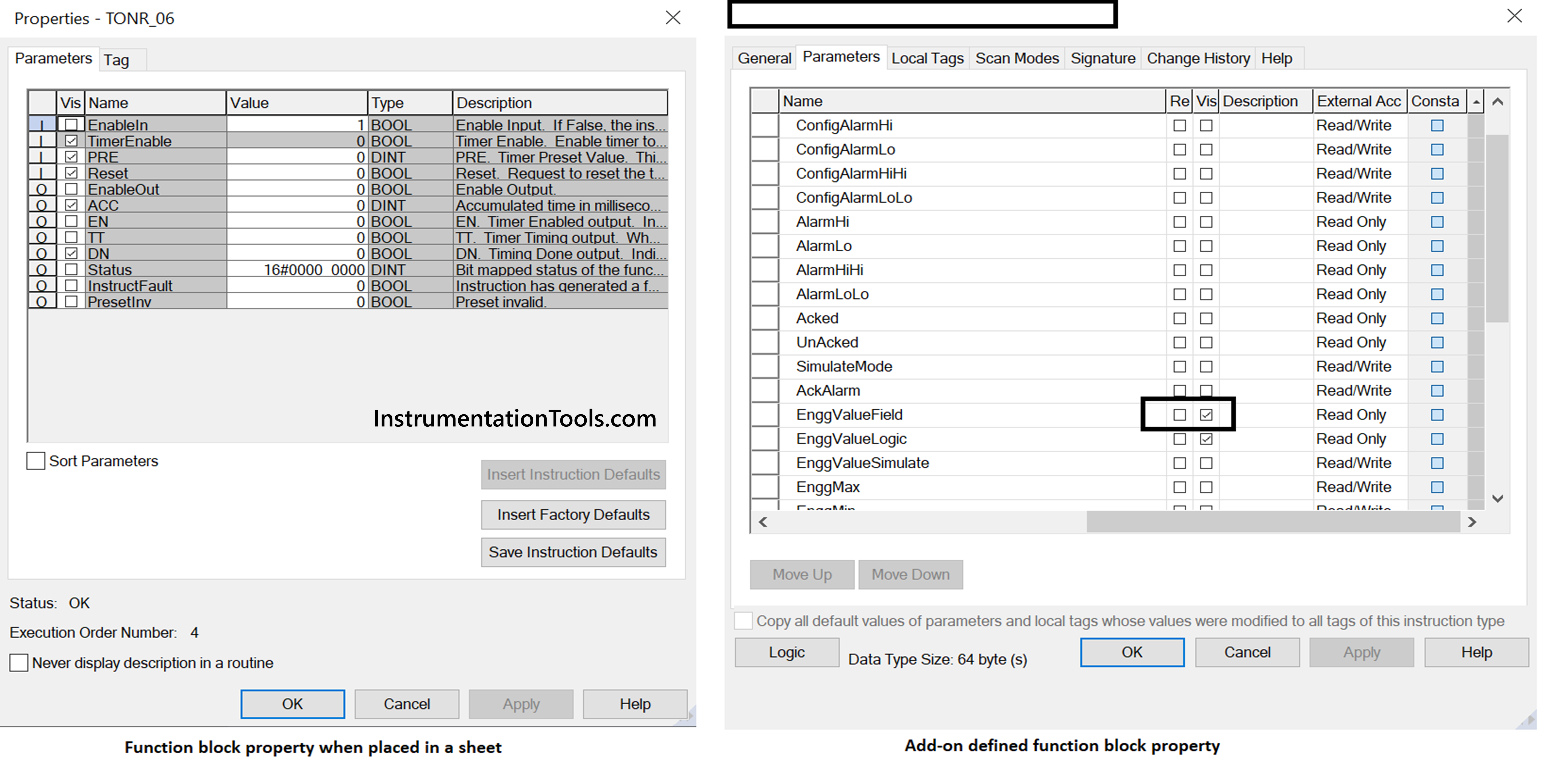
How to manage tags in the functional block diagram of Studio 5000?
Similar to other languages in Studio 5000, when you place an undefined tag, you can create a new tag by right-clicking it and hitting the new option. Once a tag is placed, you can change it and assign a different one by double-clicking the tag and hitting the down arrow button as shown –

Also, it is to be noted that you can assign both the tag or a constant in the reference element of the block diagram. These features are thus easy to use and makes the placement and managing of elements comfortable for a programmer.
In this way, we saw how to manage sheets, tags and elements in the functional block diagram. In the next and last post, we will see all the options of connecting blocks inside a sheet in the functional block diagram language of Studio 5000.
Read Next:
- Car Wash Program Functional Block Diagram
- Motor Starter Logic using Siemens Tia Portal
- PLC to PLC Communication in Studio 5000
- Seven Segment Display PLC Programming
- PLC Example for Motor Interlocking Control

